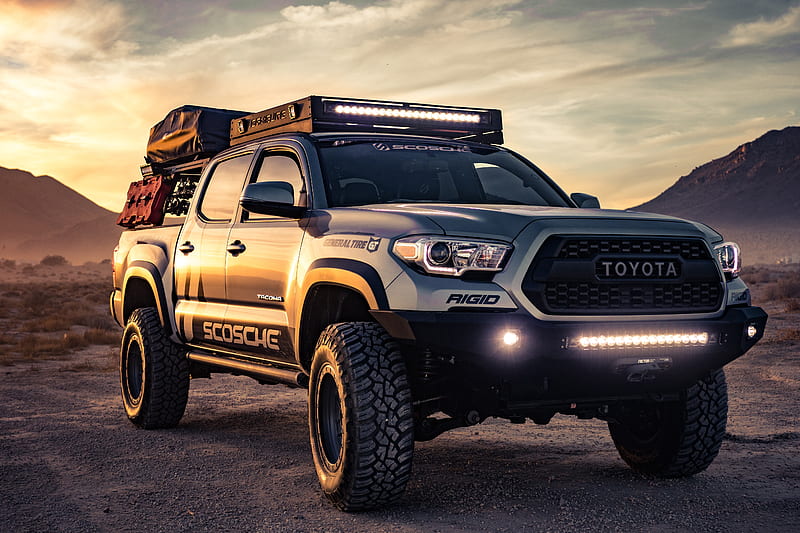The allure of overlanding spans generations, previously known as “Car Camping” and now transformed into a thrilling adventure. To truly embrace the spirit of overlanding, one must incorporate an element of blind exploration. Car camping may be a convenient choice for many, but leaving civilization behind to set up camp in untamed territories is where the real magic happens.
However, this freedom to explore comes at a cost, quite literally. Overlanding can quickly become an expensive endeavor. The guidelines we present here aim to show that you don’t need a second mortgage to experience the thrill of overlanding. It’s about the journey, and your vehicle is a tool or an extension of yourself.
Embarking on
Your Overlanding Journey
There’s no single right way to approach overlanding, but there are smart ways. While it’s wise to prepare for the worst and hope for the best, going overboard can be costly. Let’s explore some fundamental points on choosing a vehicle and outfitting it to get the most out of your budget while fully enjoying the experience.
- Vehicle Choice: Overland adventures aren’t limited to specific vehicles; all you need is something with wheels and a sense of wanderlust. The choice depends on what you want to see and how you plan to get there.
- Economy: Consider fuel efficiency, maintenance costs, and overall practicality. A light, economical vehicle can be a wise choice, especially for long journeys.
- Tire Choice: Decide between All-Terrain and Mud-Terrain tires based on your intended terrain. The right tires can make a significant difference in your off-road capabilities.
- Lift: Think carefully before deciding to lift your vehicle. It can impact drivetrain components and increase maintenance needs.
- Craigslist: Utilize online marketplaces like Craigslist for budget-friendly deals on vehicles, accessories, and camping equipment.
- Lockers Before Lights: Prioritize differential lockers or limited-slip differentials over fancy lighting. Traction aids like lockers are crucial for technical terrain.
Keep in mind that any vehicle modifications affect its maintenance cycle. Larger tires, for example, increase wear and tear on drivetrain components. Carefully evaluate your intended use and terrain to make informed decisions.
Tire selection plays a vital role, with options like Street, All-Terrain, and Mud Terrain. Your choice should align with the terrain you expect to encounter and how you plan to travel.
- Street Tires: Ideal for paved roads and light off-roading. They’re cost-effective and offer excellent fuel efficiency.
- All-Terrain Tires: A balance between on-road comfort and off-road traction. Great for daily driving and occasional off-road adventures.
- Mud Terrain Tires: Designed for extreme off-roading, offering exceptional traction but less comfort on the road.
Suspension is another critical consideration. Don’t cut corners on your suspension setup, as it affects both your vehicle’s performance and safety.
Remember that every modification has a lasting impact on your vehicle. Make decisions based on your specific needs and intended use.
To conclude, overlanding is an adventure that doesn’t have to break the bank. Your journey is defined by your choices, and with some research, budget-conscious planning, and smart decision-making, you can experience the thrill of overlanding without compromising your financial well-being. Start your adventure today!
As an E3 Offroad & Overland member, you get access to TONS of informative offroad and overland articles and content. Sign Up or Log In today and enjoy all of the tools, resources, product discounts, community and entertainment that E3 Offroad / Overland Association offers.

